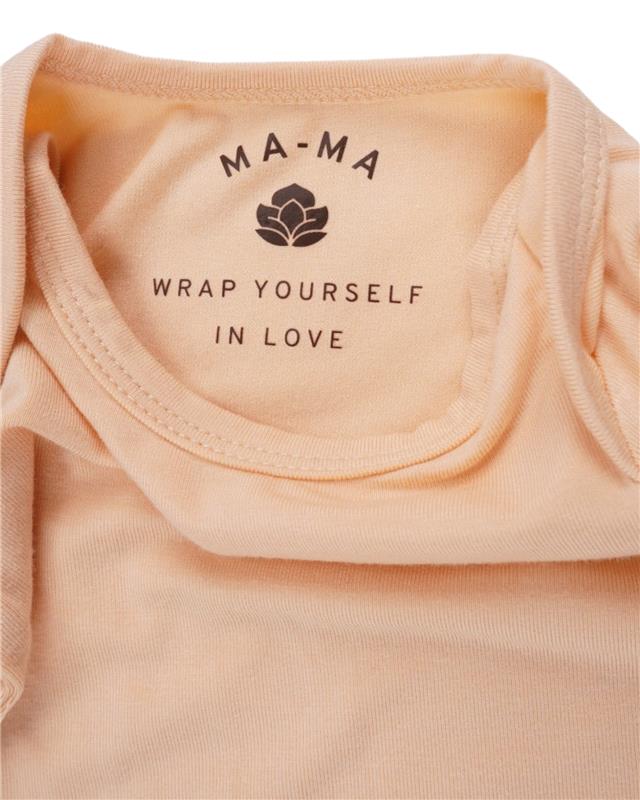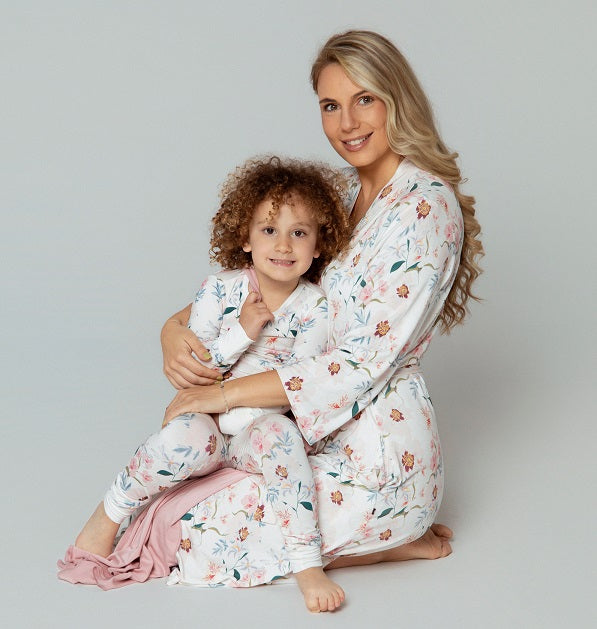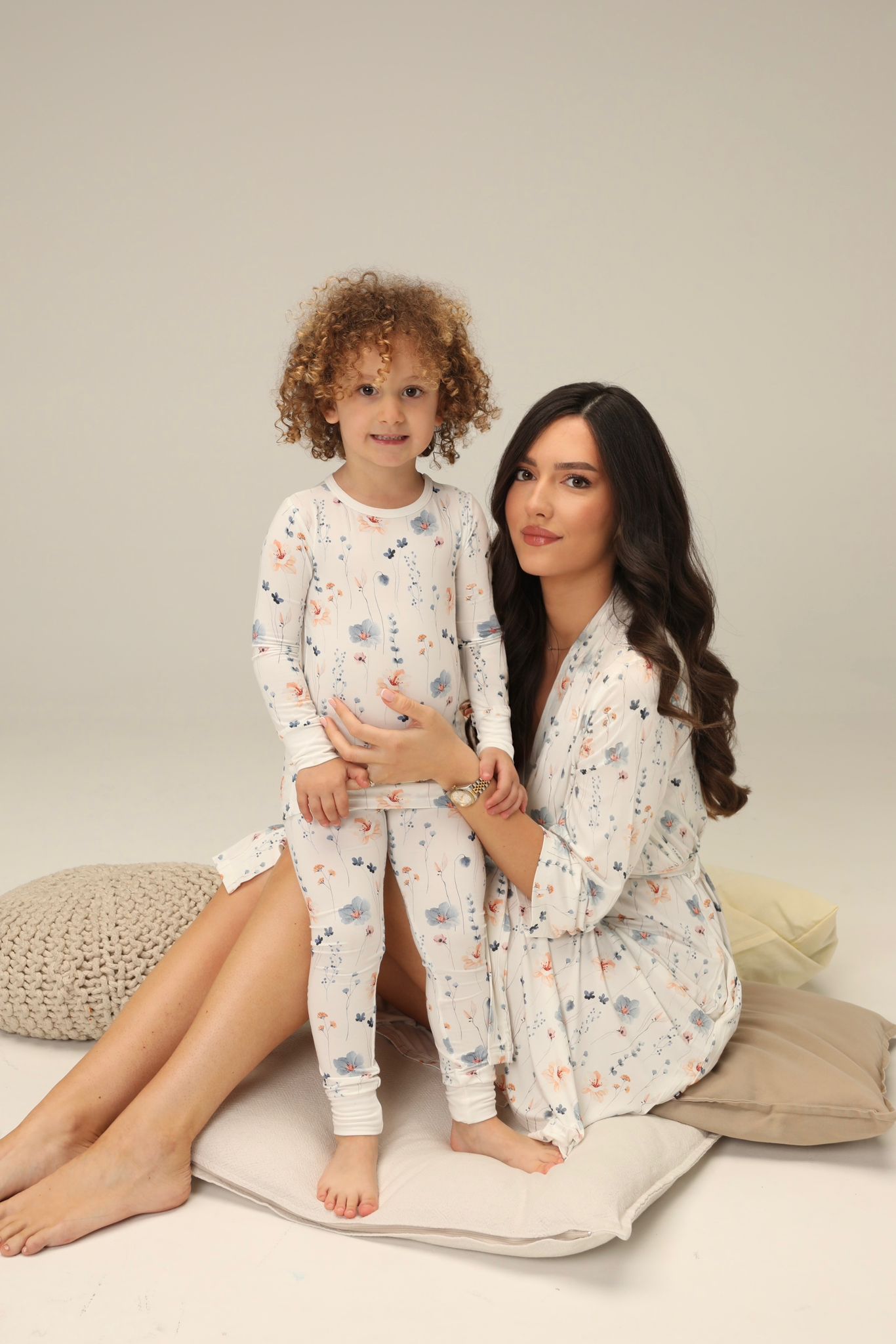Do I have to wash brand new baby clothes?
Bamboo vs. Cotton: Choosing The Best Fabric For Your Baby’s Clothes
Learn About The Pros & Cons Of The Two Most Popular Natural Fibers For Children’s Apparel
Table of Contents:
- 1. Why fabric choices are important for baby clothing
- 2. Bamboo: pros & cons
- 3. Cotton: An overview of pros & cons
- 4. OEKO-TEX® Standard 100 and Why It Matters for Baby Clothes
- 5. 5 reasons why both bamboo & cotton are top choices for baby clothes
- 6. Tips for choosing the perfect baby friendly textiles
- 7. Conclusion
Baby & Mom Essentials Made from The Finest Organic Bamboo Fiber by MA-MA NYC
Why Fabric Choices Are Important For Baby Clothing
Bamboo – Pros & Cons
Benefits of Bamboo Fabric for Babies

Considerations
Cotton: A Versatile and Trusted Fabric
Benefits of Cotton

